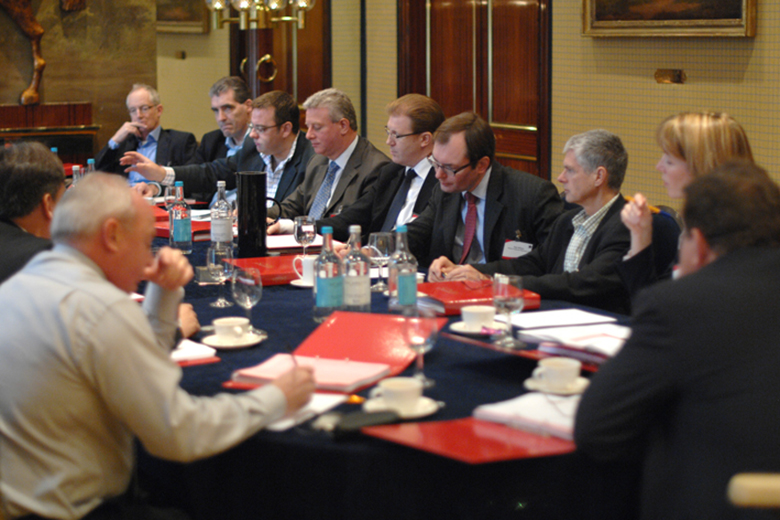

Expert: Jaco Cebela, Multrees
Facilitator: Mark Miles
Key message
Traditionally, the wealth management industry is significantly behind the rest of the world when it comes to embracing digital innovation. With the ever-increasing levels of both cost and time pressures, it is becoming necessary to harness digital innovations to drive business efficiency and deliver increased value to clients.
Headlines
- We are now at the tipping point of digital innovation. Creating an ‘idea’ is key to innovation, and technology unlocks ideas.
- Advice to firms was to start small and simple, utilising technology to solve one problem at a time.
- The three examples discussed by the delegates, where firms are innovating are client on- boarding, client reporting and client analytics.
- Having the right culture to promote an environment that encourages digital innovation is of utmost importance.
Key themes
With the influx of so many different types of new technologies being introduced, it is difficult to ‘cut through the noise’ to find the starting point and focus required to implement a firm-wide digital improvement program.
Our expert advised that firms should “Start small and simple. Pick only one problem, and focus on fixing one problem at a time. Examine the process from start to finish, and focus on the digital solutions that can be used to fix the problem”.
From the discussions, there were three main areas that surfaced where firms are currently in the process of improving user technology; these areas are client on-boarding, client reporting and client analytics.
“We should look to FinTech firms to get new ideas – they have a very quick client on-boarding process, clients complete an online questionnaire, and within 3 to 5 minutes, the clients are onboarded!”
The on-boarding process at wealth firms is an entirely different matter, where the sheer amount of paperwork causes frustration for clients and the time taken to on-board clients would be closer to the 3 to 5 week mark.
However, this might soon change. One wealth firm is implementing a web-based on-boarding form, where prospective clients can fill out the forms online. This saves time, for both clients and advisors, as the instant the form is submitted, the client data is saved onto the company’s database. This significantly cuts down on account opening timelines.
Client reporting is now automated, available to clients 24/7 online via client portals.
“Feedback from clients is very positive – they like having control and being able to see their portfolio immediately. Now, they can access their portfolio valuation at 9pm, without having to wait for a client advisor to send a report over email or (god forbid) in the post!”
Client analytics is the next step. Already, some firms have the capability to track and monitor how long their clients spend online, what pages they spend the most time on, what research articles interest them, and so on. In times of volatile markets, if clients are logging in more frequently, advisors will be able to tell if clients are feeling anxious about their portfolio holdings. Advanced portfolio analytics will also be able to alert advisors about client portfolios which have higher levels of risk exposure to certain company-related, industry or political events.
One delegate said:
“It is about efficient resource allocation. Most wealth firms are currently using their most expensive resources as expensive administrators. We need to implement digital solutions that allow them to spend their time in front of clients, instead of pushing paper.”
Another topic discussed was ‘How to create a culture that fosters digital innovation.’ We discussed the traditional ‘command & control’ culture of banking vs the newer ‘collective & collaborative’ culture at technology firms. It emerged that a two-pronged approach from both top-down and bottom-up would be the ideal environment for fostering digital innovation. It is important to have senior leadership who reward and recognise employees who create and support digital innovations.
Quite a few firms utilise business social platforms such as Facebook for Business to successfully create a crowd-sourcing, idea-generation environment, where employees can post their ideas, and anyone including the CEO can ‘like’ and ‘comment’ on it. This breaks down hierarchy enabling good ideas to be put forward and implemented rapidly.
Firms need to find the right balance between ‘starting small and simple’, but as one delegate said:
“Let’s not forget to continue envisioning big and bold ideas on how digital innovation can revolutionise the wealth industry and make a real impact for our clients”.
Conclusions
When digital innovation is executed correctly, it can remove a significant amount of process redundancy. In turn, this saves huge amounts of time and money, for both the clients and advisors.


